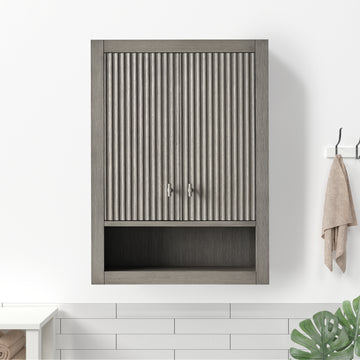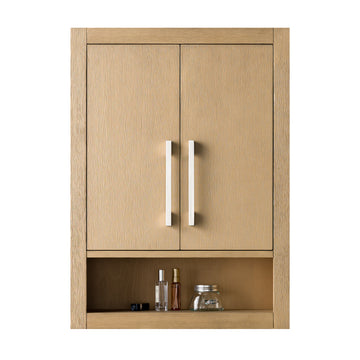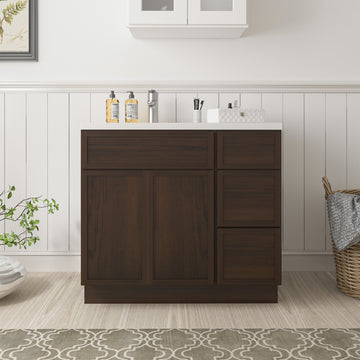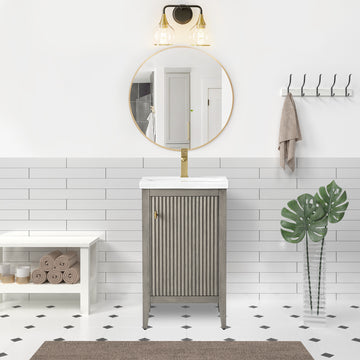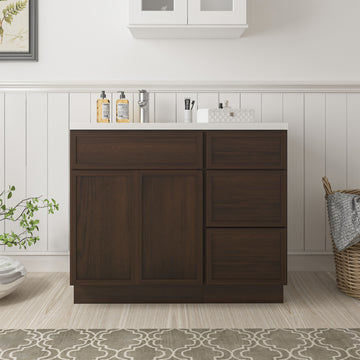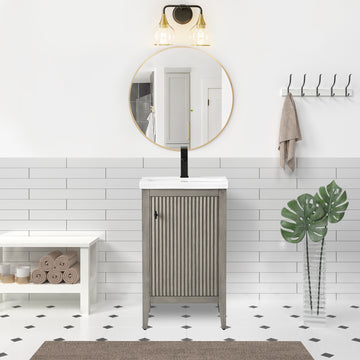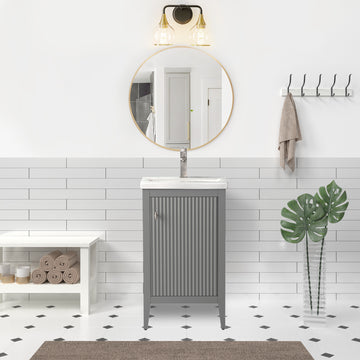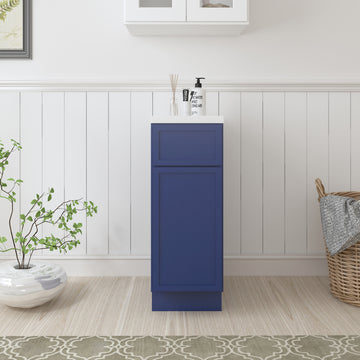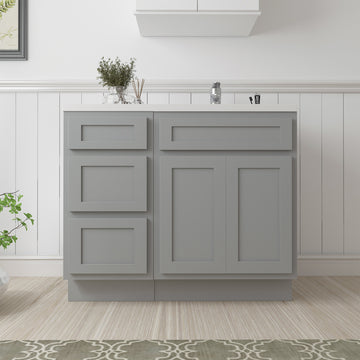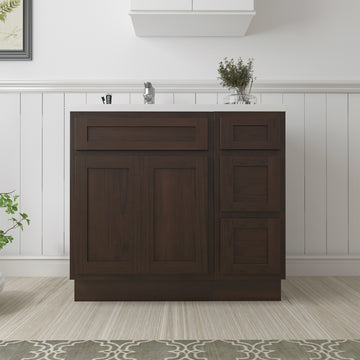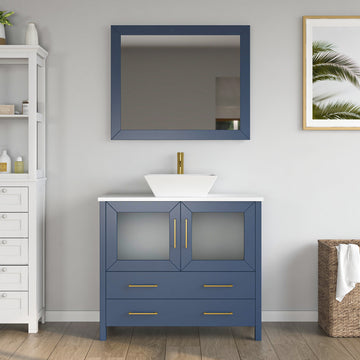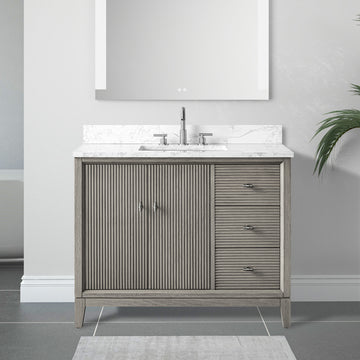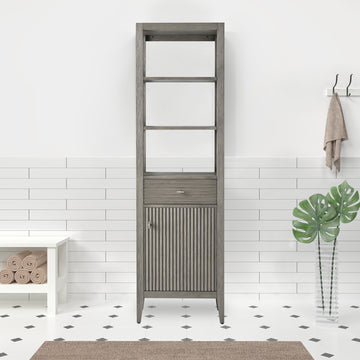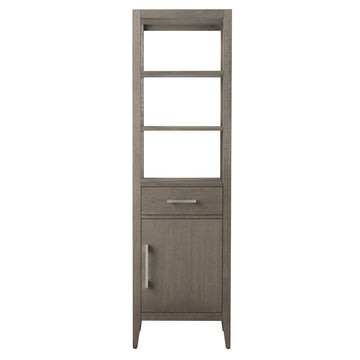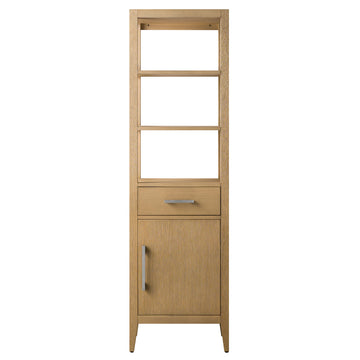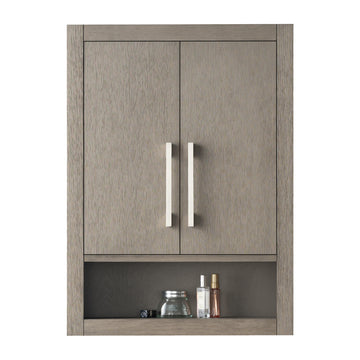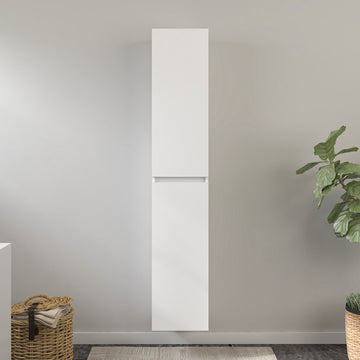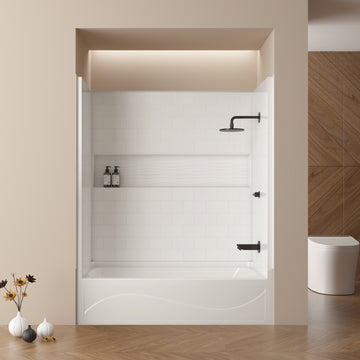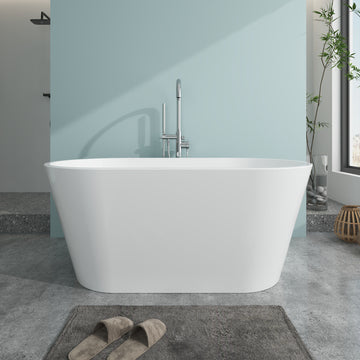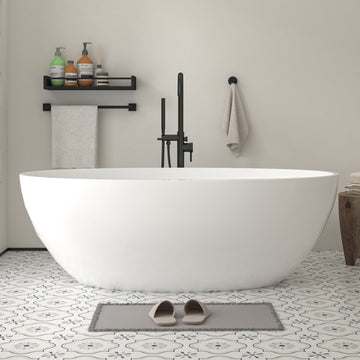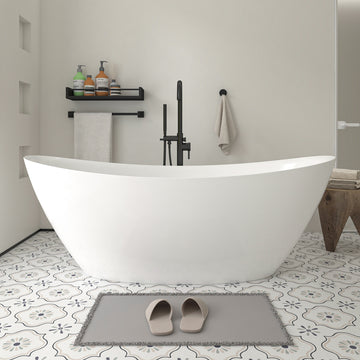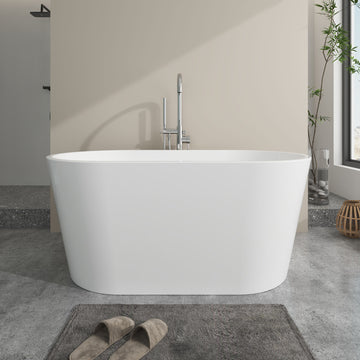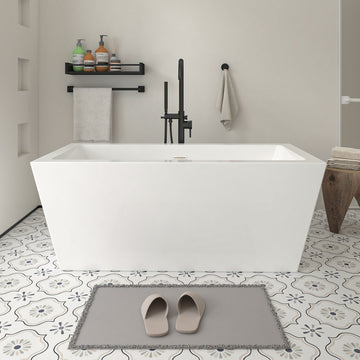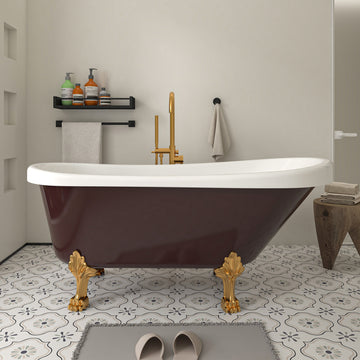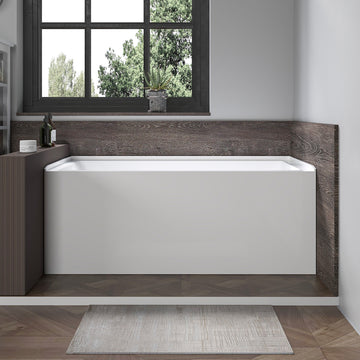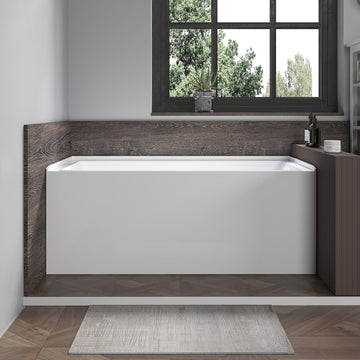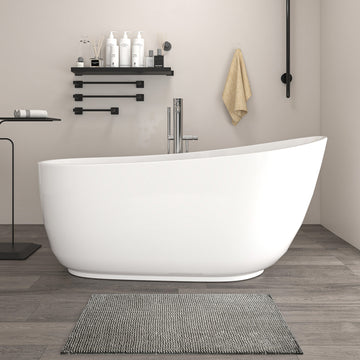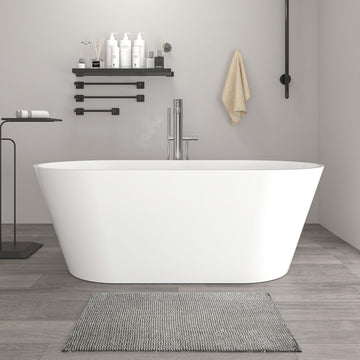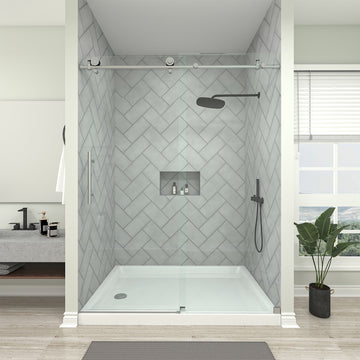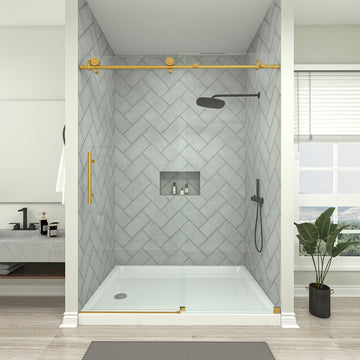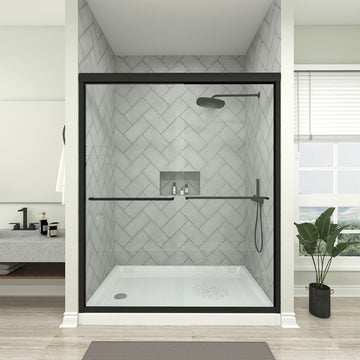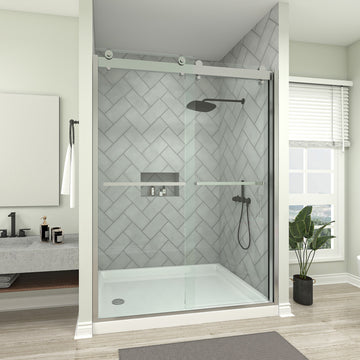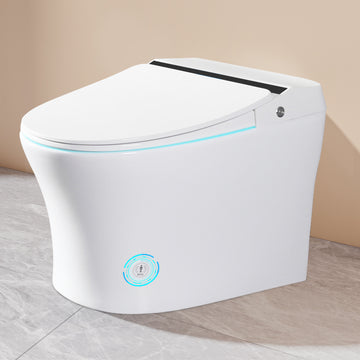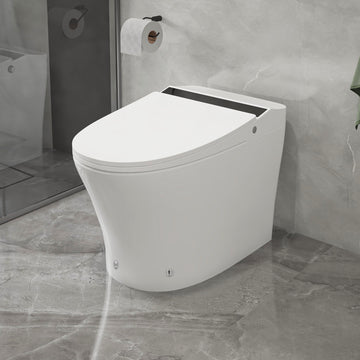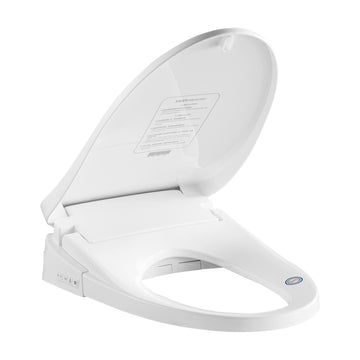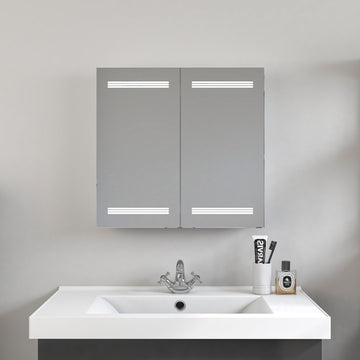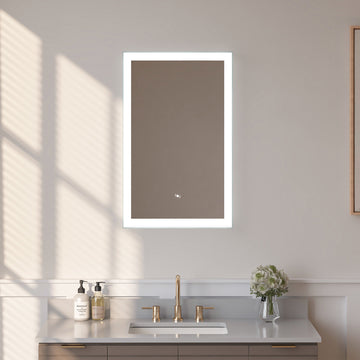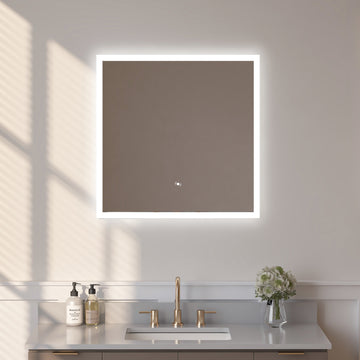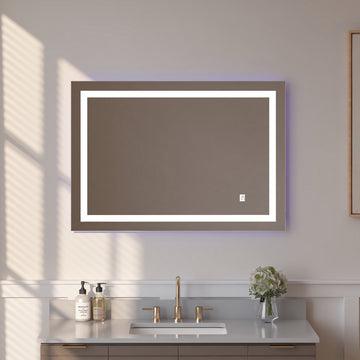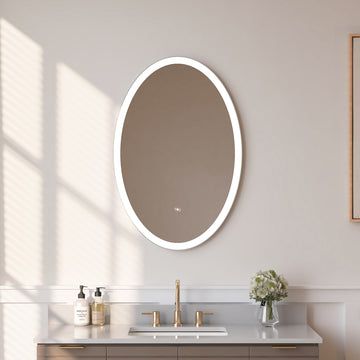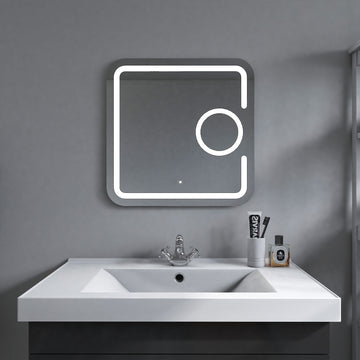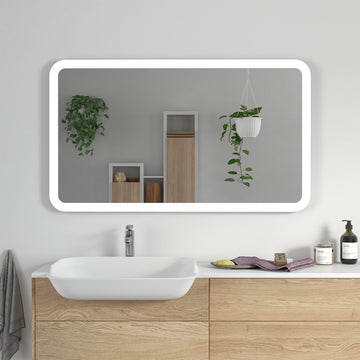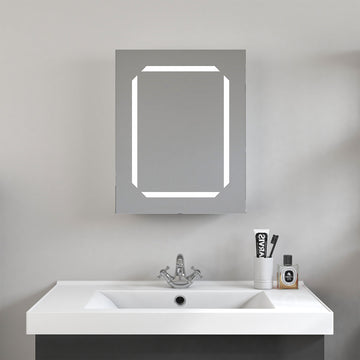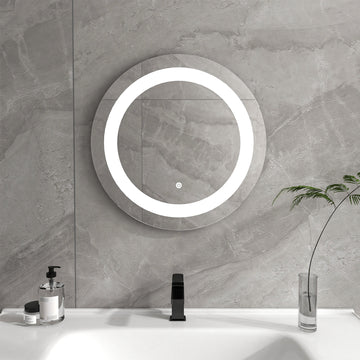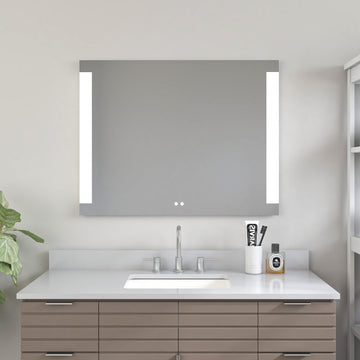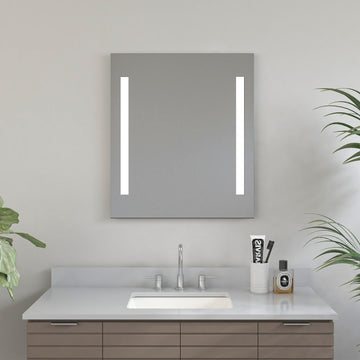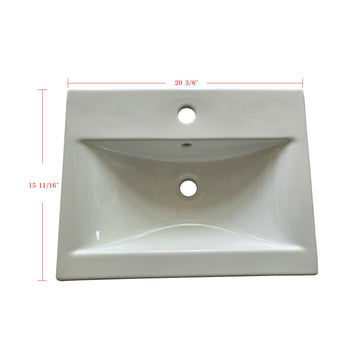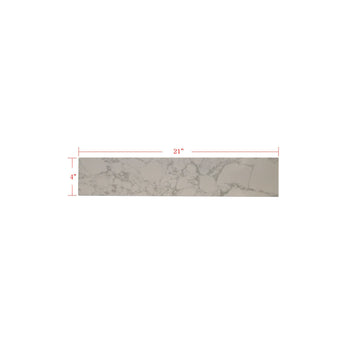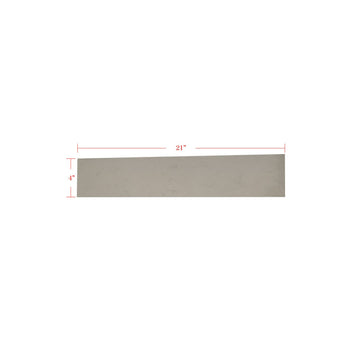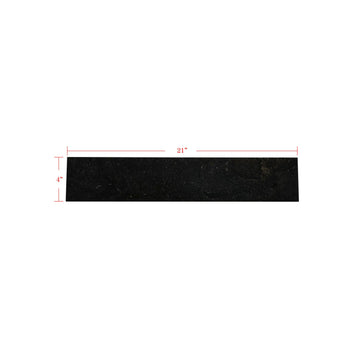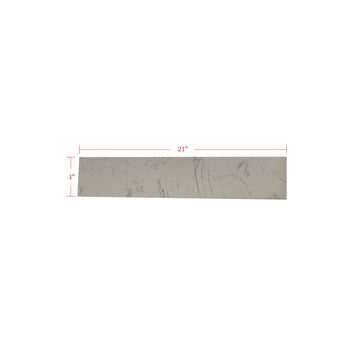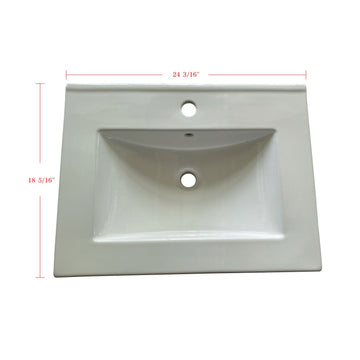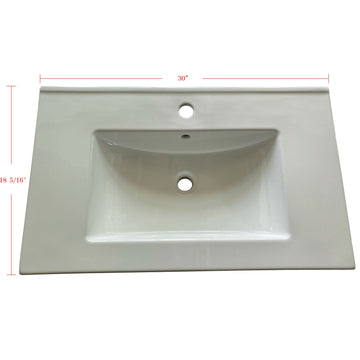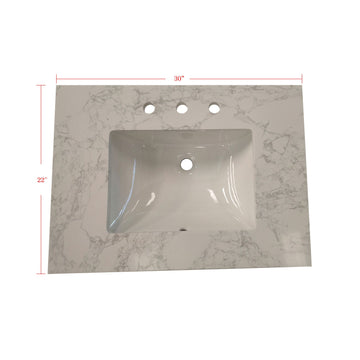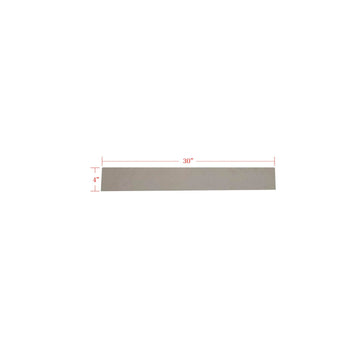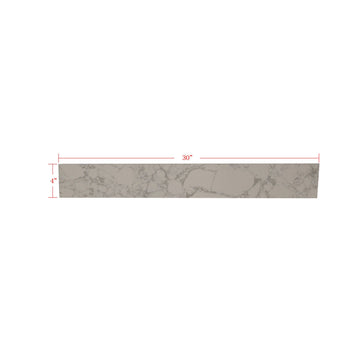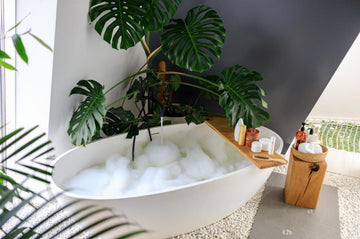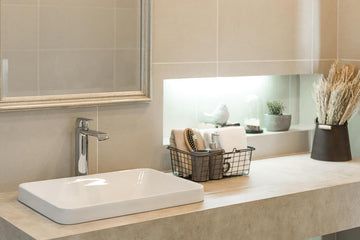A slow-draining or completely clogged bathtub is a disruption to your daily routine. Water pooling around your feet while showering or refusing to drain after a bath is usually a sign that something is blocking the pipe, and ignoring it can lead to bigger plumbing issues over time. The good news? Most bathtub drain clogs can be fixed without calling in a professional, as long as you know the cause and the right method to tackle it.
This guide will walk you through why bathtub drains get clogged, step-by-step instructions for clearing them based on the cause, and ways to prevent future blockages. Whether you’re dealing with stubborn hair buildup, soap scum, or something more unusual, you’ll find practical solutions here to restore smooth drainage.
Reasons why bathtub drains get clogged
A single factor doesn’t always cause bathtub clogs. More often, they’re the result of several issues building up over time. Here are the most common causes.
Hair buildup
Hair is the number one reason bathtub drains get clogged. Strands shed during showers can slip through the drain cover and knot together inside the pipes. Over time, they form dense, rope-like tangles that catch more debris, making the blockage worse.

Soap scum and product residue
Bar soaps, shampoos, conditioners, and body washes all leave behind residue. Combined with hard water minerals, this residue turns into soap scum, a chalky coating that lines the inside of pipes, reducing their diameter and slowing water flow.
Bath additives
Bath bombs, salts, oils, and herbal soaks might make for a relaxing bath, but they can leave behind gritty particles, petals, or oily films. These substances stick to pipe walls and combine with hair or scum to form stubborn clogs.
Foreign objects
Small items like toys, hair ties, jewelry, or even bits of packaging can accidentally fall into the drain. Unlike buildup-related clogs, these cause immediate blockages that usually require manual removal.
Pipe corrosion or damage
In older plumbing, internal corrosion creates rough surfaces that catch hair, soap, and mineral deposits. Damaged or misaligned pipes can also trap debris, leading to repeated clogs even after cleaning.
Identify Different Types of Bathtub Drains
Bathtub drains come in a few common designs, and knowing which one you have makes unclogging easier. Lift-and-turn drains feature a knob you twist to open or close, while push-and-pull drains operate by pushing down to seal and pulling up to release. Toe-touch drains work similarly but are activated with a tap of your foot. Trip-lever drains use a lever on the overflow plate to control a plunger inside the drainpipe, making them more complex to service. Each type has different access points and mechanisms, so identifying yours beforehand helps you choose the right tools and method for clearing a clog.
Guide to unclog your bathtub drain
Method 1
Tools: cup-style plunger (flat rim), duct tape or a thick wet rag, small screwdriver (for overflow cover), petroleum jelly, bucket, disinfectant.
-
Remove the stopper and seal the overflow: Take out the tub stopper. Unscrew the overflow cover (the plate under the spout) or tape over it firmly. Pack the overflow opening with a wet rag, then tape over that. A tight seal is essential; any air leak kills suction.
-
Block any nearby drains that share the line: If a nearby sink shares the same branch, plug its drain to keep pressure focused on the tub trap.
-
Add water for a proper seal: Fill the tub until the drain is covered by 1–2 inches of warm water. This helps the plunger seal and pushes on the clog.
-
Prep and position the plunger: Smear a thin ring of petroleum jelly around the plunger rim for a better seal. Center it over the drain and press down to expel air.
-
Plunge in controlled bursts: Keep the seal and pump 10–15 firm strokes, then pull up sharply on the last stroke to try to break the blockage. Rest 10–15 seconds. Repeat this cycle 2–3 times.
-
Watch for signs of movement: Rising debris, a sudden gurgle, or faster swirl when you lift the plunger indicates progress. Scoop out any material that surfaces; don’t wash it back down.
-
Test and clear: Remove the overflow seal carefully. Run hot water for 60–90 seconds. If draining improves but isn’t perfect, re-seal the overflow and do one more plunge cycle.
-
Clean up: Disinfect the tub, stopper, and tools.
Notes: Use a cup plunger, not a toilet (flange) plunger. Do not plunge if chemical drain openers were used. Splash risk is serious.
When to move on: No change after three full cycles, water backs up into adjacent fixtures, or plunging causes persistent gurgling. Proceed to Method 3 (snaking through the overflow for deeper clogs).
Method 2
Tools: ¼-inch hand-crank drain snake (25–30 ft recommended), bucket, towels, screwdriver, gloves, disinfectant, flashlight.
-
Shut off water flow to the tub: Close the faucet and ensure no one else in the house is running water into that drain line while you work.
-
Remove the overflow plate: Use a screwdriver to take off the plate located just under the tub spout. Pull it gently. There may be a linked trip lever and stopper mechanism attached. Set it aside carefully.
-
Feed the snake into the overflow opening: Guide the cable in slowly, turning the crank clockwise as you go. The first few feet curve down into the tub’s P-trap. Keep a firm but gentle pressure to avoid kinking the cable.
-
Break through the clog: When you feel resistance, crank firmly while pushing a few inches forward, then pull back slightly. Alternate pushing and retracting to help the coil bite into hair or debris.
-
Retrieve and repeat if needed: Pull the snake back periodically to clear off gunk into your bucket; don’t push loosened material deeper. Reinsert if you suspect more blockage further down.
-
Flush the line: Once you no longer feel resistance, retract the snake fully. Pour a kettle of hot water into the drain to flush out residual buildup.
-
Reassemble and test: Reattach the overflow plate and stopper mechanism. Run water for 2–3 minutes to confirm smooth draining and no leaks.
Notes: This method reaches further than plunging and can clear compacted hair, soap buildup, and small mineral deposits in the drain arm or trap.
When to call a plumber: If the snake meets a solid obstruction you can’t push through, or if the clog returns within a few days, it may be a main line blockage.
Preventing your bathtub getting clogged

A bathtub drain will almost always clog from gradual buildup rather than a single event, which means prevention is possible if you establish a few habits. The goal is to reduce the amount of hair, soap residue, and other debris that enter the drain in the first place, while also keeping the inside of the pipes clear.
Install a quality drain cover
A stainless steel or silicone hair catcher is one of the simplest and cheapest ways to prevent hair-related clogs. Unlike flimsy plastic strainers, a well-fitting metal or silicone catcher resists bending and traps even short strands before they wash down. Clean it after every bath or shower, waiting until it’s full makes rinsing more difficult.
Brush hair before bathing
Running a brush or comb through your hair before you enter the shower or tub removes loose strands that would otherwise head straight for the drain. This is especially important for long hair or households with multiple people sharing the same bathroom.
Limit oily or waxy bath products
Products like bath bombs, body oils, or heavy conditioners can leave behind residues that cling to pipe walls and trap hair or debris. If you use them, follow up with a hot water flush to keep oils from solidifying in cooler parts of the drain line.
Rinse the drain with hot water weekly
Pouring a kettle of hot (not boiling) water down the drain helps dissolve soap scum and keep early buildup from turning into a clog. For an extra cleaning boost, alternate hot water flushes with a half cup of baking soda followed by a cup of vinegar, letting it fizz for 10–15 minutes before rinsing with hot water.
Schedule a quarterly deep clean
Even with good habits, some residue will accumulate over time. Every few months, remove the drain stopper and clear any visible gunk. If your bathtub sees heavy daily use, consider a quick snaking session as preventative maintenance.
By combining these measures, you can dramatically extend the time between major unclogging efforts and keep your bathtub draining freely year-round.
Ending
Unclogging a bathtub drain doesn’t have to be an exhausting or expensive ordeal. Especially if you know the cause, choose the right method, and commit to preventative maintenance. From removing hair with a simple drain snake to dissolving soap scum with baking soda and vinegar, there’s a solution for nearly every type of clog you’ll encounter. Just as importantly, small habits like using a quality drain cover, rinsing with hot water, and brushing hair before bathing can help you avoid the problem altogether.
By addressing clogs early and practicing consistent upkeep, you’ll not only save yourself time and frustration but also extend the lifespan of your plumbing. A clear drain is a small detail, but it’s one that keeps your bathroom functional, hygienic, and ready for everyday use.
